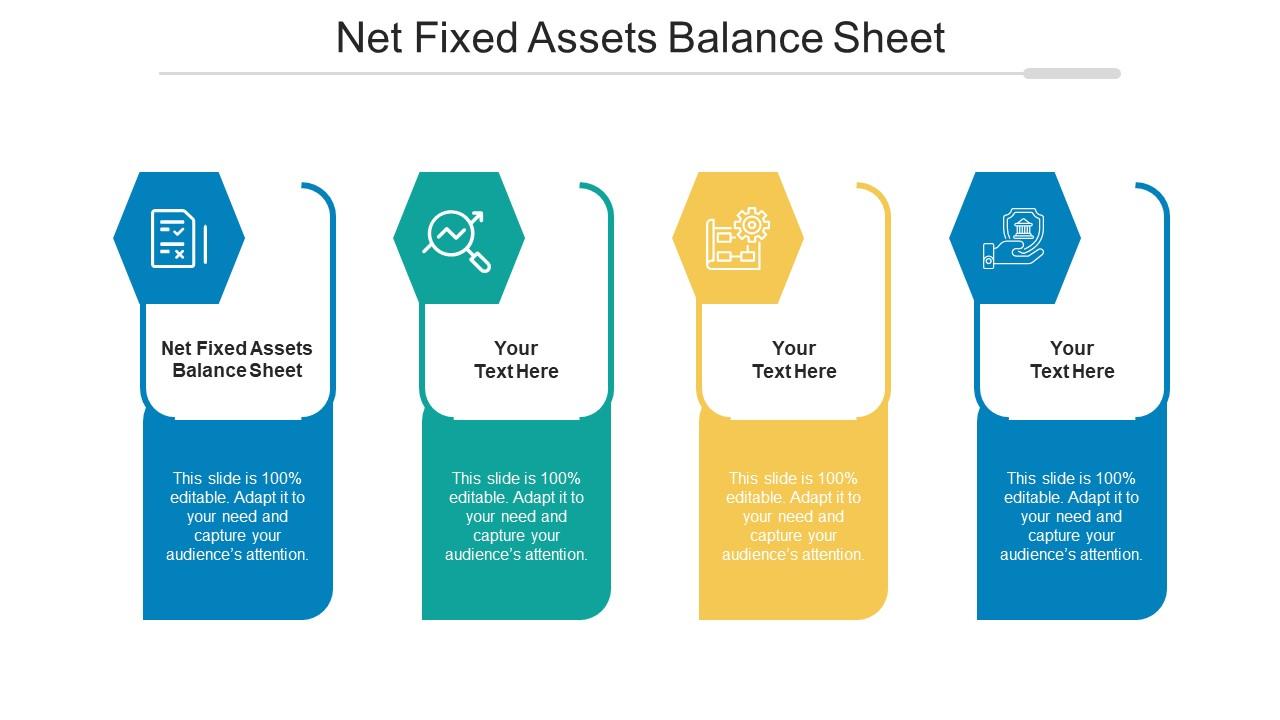Home>Finance>Value Engineering: Definition, Meaning, And How It Works


Finance
Value Engineering: Definition, Meaning, And How It Works
Published: February 15, 2024
Discover the definition, meaning, and workings of Value Engineering in finance. Gain insights into how this process optimizes resource allocation and drives financial efficiency.
(Many of the links in this article redirect to a specific reviewed product. Your purchase of these products through affiliate links helps to generate commission for LiveWell, at no extra cost. Learn more)
Value Engineering: Definition, Meaning, and How It Works
Welcome to our FINANCE category, where we cover a wide range of topics to empower you with knowledge and insights into the world of finance. In today’s blog post, we will dive into the concept of Value Engineering and explore its definition, meaning, and how it works. Whether you are a finance professional or a curious individual looking to expand your financial understanding, this article is for you!
Key Takeaways:
- Value Engineering is a systematic and structured approach that aims to analyze and improve the value of goods, services, processes, or systems.
- By focusing on eliminating unnecessary costs and enhancing functionality and quality, Value Engineering can help organizations optimize their resources and increase profitability.
Now, let’s delve deeper into the subject and understand why Value Engineering is an essential tool for businesses in today’s competitive landscape.
What is Value Engineering?
Value Engineering, sometimes also referred to as Value Analysis, is a methodology that involves analyzing various aspects of a product, process, or system to identify opportunities for cost reduction, improved performance, and increased value. It is a process-driven approach that aims to optimize resources without compromising quality or functionality.
At its core, Value Engineering challenges conventional thinking and prompts organizations to explore alternative solutions or approaches that can provide comparable or better results at a lower cost.
How does Value Engineering work?
The Value Engineering process typically follows a step-by-step approach:
- Information Gathering: The first step involves gathering pertinent information about the product, process, or system under analysis. This includes understanding its functionalities, performance requirements, cost structure, and constraints.
- Functional Analysis: This step entails breaking down the product, process, or system into its fundamental functions. By understanding the purpose and importance of each function, potential areas for improvement or cost reductions can be identified.
- Idea Generation: During this phase, cross-functional teams brainstorm and generate ideas to fulfill the identified functions more effectively and efficiently. The focus is on finding innovative ways to achieve the desired outcomes.
- Evaluation and Selection: In this stage, the generated ideas are evaluated based on predefined criteria such as feasibility, impact on performance, cost savings potential, and implementation complexity. The most viable ideas are then selected for further development.
- Implementation: Once the best alternative solutions are chosen, the next step is to oversee the implementation of these ideas. This involves collaborating with relevant stakeholders, ensuring necessary resources are allocated, and tracking the progress to ensure successful execution.
- Monitoring and Optimization: The final step involves closely monitoring the implemented changes and continuously seeking opportunities for further improvement. By monitoring the performance and gathering feedback, organizations can fine-tune the solution and optimize it over time.
Why is Value Engineering important?
Value Engineering is of utmost importance in the world of finance, as it helps organizations streamline operations, increase efficiency, and drive cost savings. Here are a few key reasons why Value Engineering should be a part of any organization’s strategic toolkit:
- Cost Reduction: By critically examining every aspect of a product or process, Value Engineering enables organizations to identify and eliminate unnecessary costs, allowing for significant cost reduction.
- Quality Improvement: The Value Engineering process emphasizes enhancing the value delivered to customers. By focusing on the core functions and requirements, organizations can improve the quality of their products or services.
- Innovation: Value Engineering encourages out-of-the-box thinking and promotes the exploration of innovative solutions. It challenges the status quo and pushes organizations to find more efficient and effective ways to deliver value.
- Long-Term Competitiveness: Through continuous improvement and optimization, organizations that embrace Value Engineering can stay ahead in a rapidly evolving business landscape. It provides them with a solid foundation to adapt and respond to changing customer needs and market conditions.
In conclusion, Value Engineering plays a pivotal role in optimizing resources, improving efficiency, and ultimately driving sustainable growth. By engaging in a systematic and structured approach, organizations can unlock hidden opportunities to enhance value while keeping costs in check. Implementing Value Engineering initiatives can help businesses navigate challenges, enhance competitiveness, and secure a prosperous future.
Stay tuned for our upcoming articles in the FINANCE category, where we will provide more valuable insights into the world of finance!














